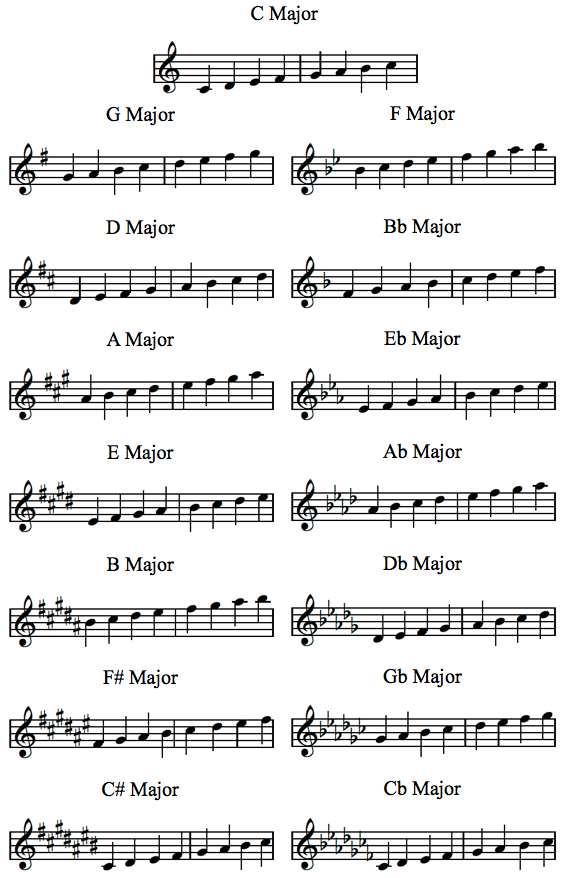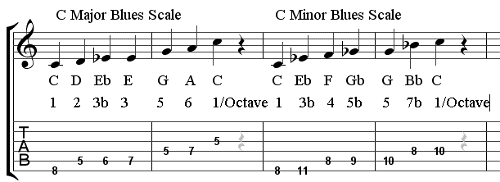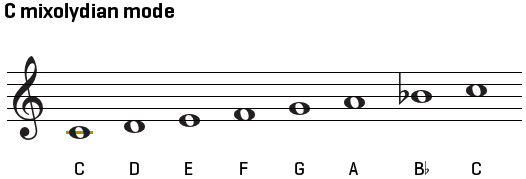A scale is a series of notes with a set pattern of intervals, or steps, between the notes. This pattern is what defines the scale, meaning you can start on any first note and follow the pattern to find the scale in any key. The chromatic scale contains all of the notes in music. Diatonic scales are scales derived from the notes of the chromatic scale.
There is no real distinction between musical scales. A major scale is a major scale. There is no such thing as a major scale for guitar, for example. Guitar scales are the same scales used by any other instrument. The example below shows the major key signatures. These scales are derived from the chromatic scale and most guitar players, and other musicians, typically create further scales by altering the major or minor scales. Regardless, all of these scales can be used by guitarists, pianists, bass players, or by any other musician.
Check out this VIDEO GUITAR LESSON ON SCALES
When you are looking for guitar scales or you want to learn guitar scales, what you actually want to look for is guitar scales used most frequently by guitar players. While a guitar player can use any scale to compose or play music, certain scales are almost considered fundamental for guitarists. These may be considered by some people to be scales for guitar, when they are actually just scales most guitarists use when they write or play music.
Of all the possible scale variations out there, most guitar players rely on the twelve major and twelve relative minor scales as their foundation. These scales are not only the most widely used in western music, they form the basis for most popular guitar music and form the foundation for secondary scales guitar players find useful. In addition to major and relative minor scales, guitar players like to rely on the blues scale, the major and minor pentatonic scales, and some of the “modes,” which are actually just further derivations of the common scales. Country guitar players, for instance, often use the Dorian mode in solos and jazz players wil often play within the Mixolydian mode. These modes are created by starting on specific degrees of the major scale and playing with the altered root. The Mixolydian, for instance, begins on the fifth degree of the major scale and can be used over dominant chords. Note the example below, the C Mixolydian mode based on the F major scale.
It’s important for any guitarist who wants to understand scale theory to start with the major and minor scales, then learn which notes to alter or omit from these scales to create the secondary scales you’ll use most often as a guitarist. This little bit of theory will prove to be a powerful compositional and improvisational tool that will take you from an average player to a pro in no time.
If you want to go deeper with your guitar scales, I recommend you to check out our:






